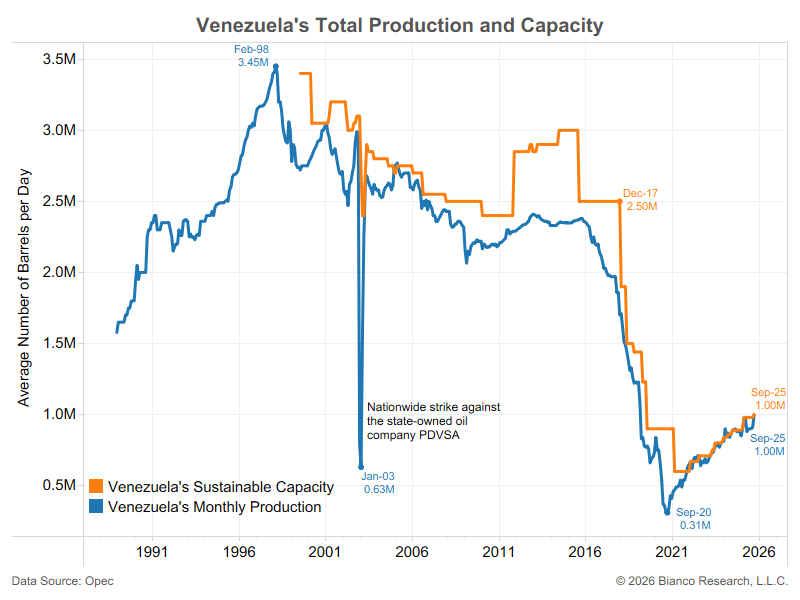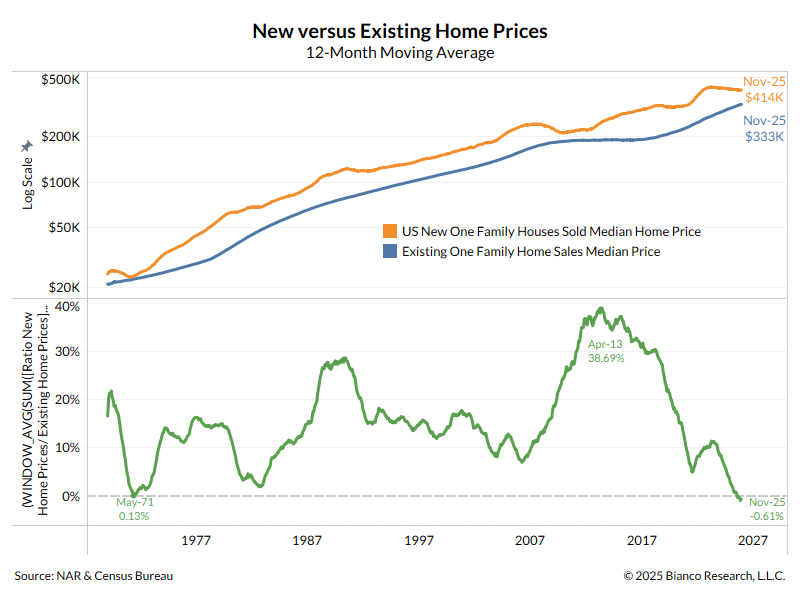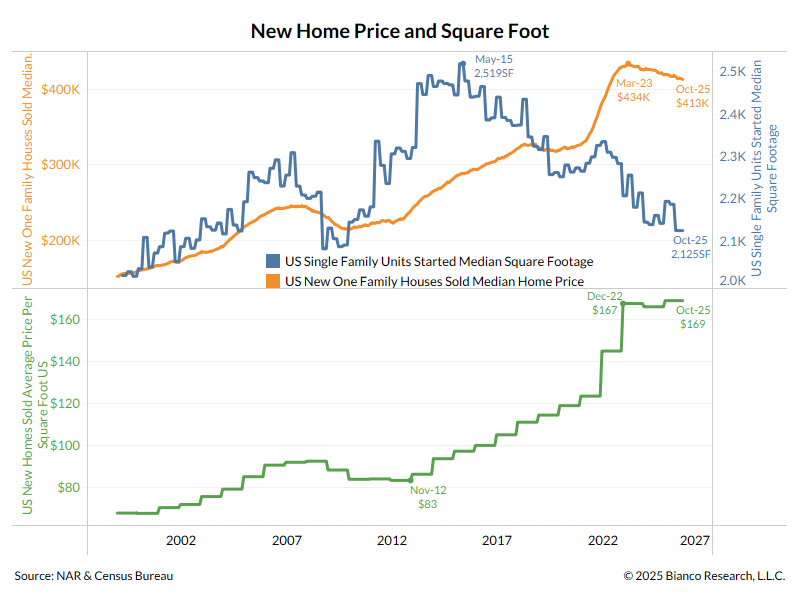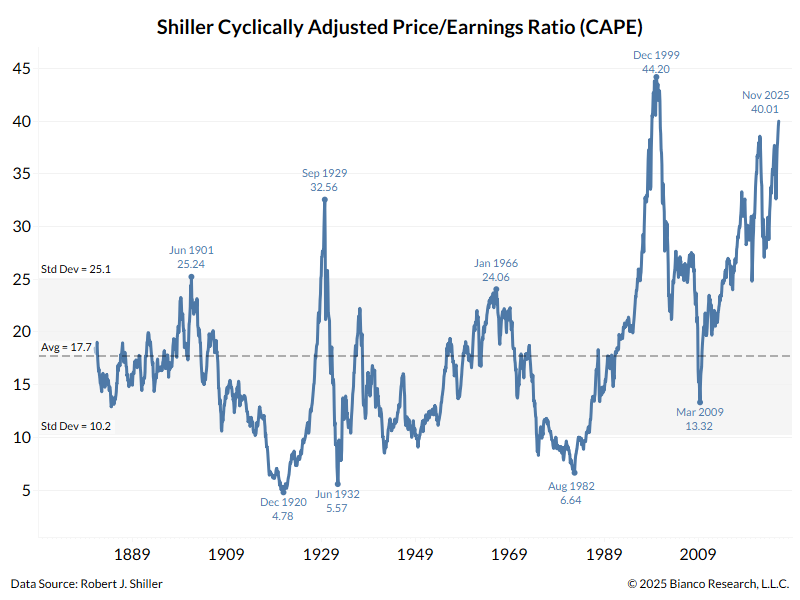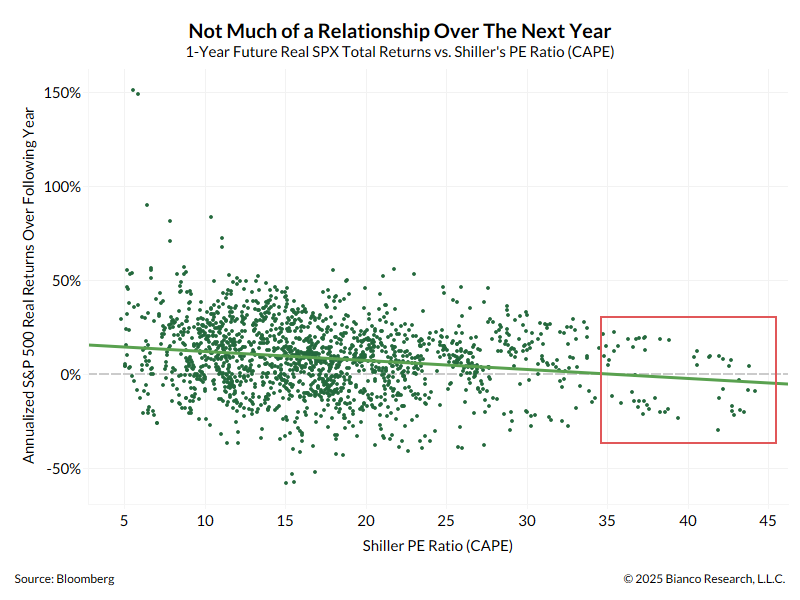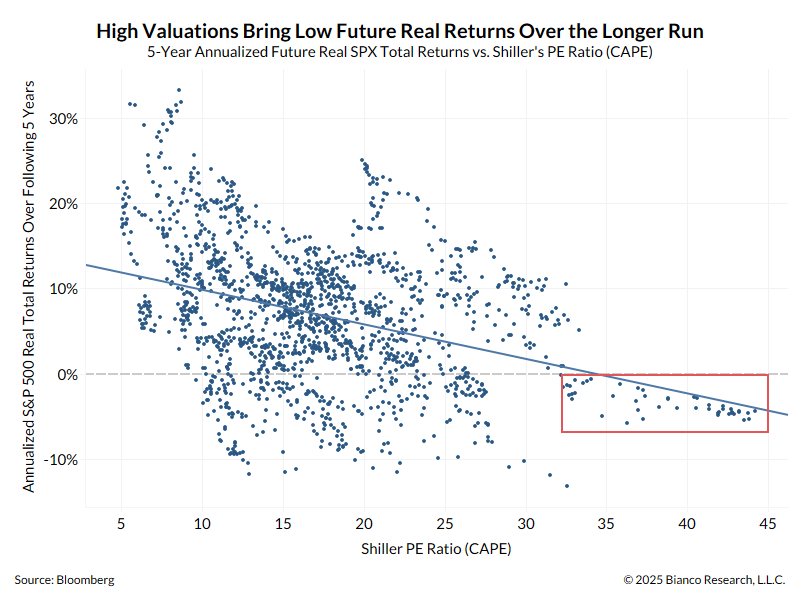1/10
What do markets look like when they are freaking out?
Answer, like they look this week.
Why? The realization/fear that the Fed is going to slam on the brakes ... hard. And the panic that the stock market is going to get thrown through the windshield.
A 🧵to explain
What do markets look like when they are freaking out?
Answer, like they look this week.
Why? The realization/fear that the Fed is going to slam on the brakes ... hard. And the panic that the stock market is going to get thrown through the windshield.
A 🧵to explain
2/10
Let's start with Tuesday (Jan 18). The SPX was down 1.8% the same day the 10-year yield was up 9 basis point.
This has only happened seven times since 2000
Let's start with Tuesday (Jan 18). The SPX was down 1.8% the same day the 10-year yield was up 9 basis point.
This has only happened seven times since 2000

3/10
And today
The S&P was up 1.53% at today's high. It closed down more than 1%.
Only 8 times since the Global Financial Crisis in 2009 has the S&P 500 been up more than 1.5% intraday and then finished down more than 1%. And 4 of the 8 were in March 2020 (bolded)
And today
The S&P was up 1.53% at today's high. It closed down more than 1%.
Only 8 times since the Global Financial Crisis in 2009 has the S&P 500 been up more than 1.5% intraday and then finished down more than 1%. And 4 of the 8 were in March 2020 (bolded)

4/10
The RTY, it has been argued are a better metric of the state of the economy than the SPX. RTY is 10% foreign revenues where the SPX is 40% - 50%.
RTY is getting murdered, now corrected more than 17% (bear market down 20%).
The SPX is down just 6.5%
The RTY, it has been argued are a better metric of the state of the economy than the SPX. RTY is 10% foreign revenues where the SPX is 40% - 50%.
RTY is getting murdered, now corrected more than 17% (bear market down 20%).
The SPX is down just 6.5%

5/10
I'm going through the exercise to confirm what we all suspect; the stock market is indeed have unusual movements that you only see a handful of times a decade.
Something more than a standard correction is underway ...
I'm going through the exercise to confirm what we all suspect; the stock market is indeed have unusual movements that you only see a handful of times a decade.
Something more than a standard correction is underway ...
6/10
... maybe a realization/fear that the Fed is going to "address" inflation and slam on the brakes ... hard.
Restated, if the Fed is going to slam on the brakes, you would expect markets to freak out. They are freaking out; this is freaking out!
... maybe a realization/fear that the Fed is going to "address" inflation and slam on the brakes ... hard.
Restated, if the Fed is going to slam on the brakes, you would expect markets to freak out. They are freaking out; this is freaking out!
7/10
Why is this happening? Professional managers "blew it." They continue to believe inflation is transitory and the Fed is merely "jawboning."
This is the Jan BofA fund manager survey, out Tuesday. Majority think inflation is STILL TRANSITORY!
Why is this happening? Professional managers "blew it." They continue to believe inflation is transitory and the Fed is merely "jawboning."
This is the Jan BofA fund manager survey, out Tuesday. Majority think inflation is STILL TRANSITORY!

8/10
The Ds are panic their polling is terrible, and they will get crushed in November. The #1 issue is inflation.
Biden said it clearly yesterday, he green lighted the Fed to "stop inflation." If that means slamming on the brakes hard, so be it.
The Ds are panic their polling is terrible, and they will get crushed in November. The #1 issue is inflation.
Biden said it clearly yesterday, he green lighted the Fed to "stop inflation." If that means slamming on the brakes hard, so be it.
https://twitter.com/bloombergtv/status/1483920422915784705
9/10
Fund managers still think the Ds will be ok in Nov (chart), even though the betting markets expect a wipe out.
They failed, or are failing, this get that this year is about making 40% of the population with less than $1,000 in savings and rents "not mad" about inflation.
Fund managers still think the Ds will be ok in Nov (chart), even though the betting markets expect a wipe out.
They failed, or are failing, this get that this year is about making 40% of the population with less than $1,000 in savings and rents "not mad" about inflation.

10/10
If the stock mkt has to be sacrificed, then it will. And if fund managers are not positioned for this reality, we would expect chaotic markets...like we now have!
This started 3 weeks ago when the bond market was crushed, explained in this thread
If the stock mkt has to be sacrificed, then it will. And if fund managers are not positioned for this reality, we would expect chaotic markets...like we now have!
This started 3 weeks ago when the bond market was crushed, explained in this thread
https://twitter.com/biancoresearch/status/1480245516009152513?s=20
The table above has a mistake I just became aware of ... March 21 and March 22 are a repeat of March 20 (they are also a Sat and Sun). My sort accidentally included them.
So, it is 5 times since 2009 and twice in March 2020.
Here is the corrected table.
So, it is 5 times since 2009 and twice in March 2020.
Here is the corrected table.

• • •
Missing some Tweet in this thread? You can try to
force a refresh


